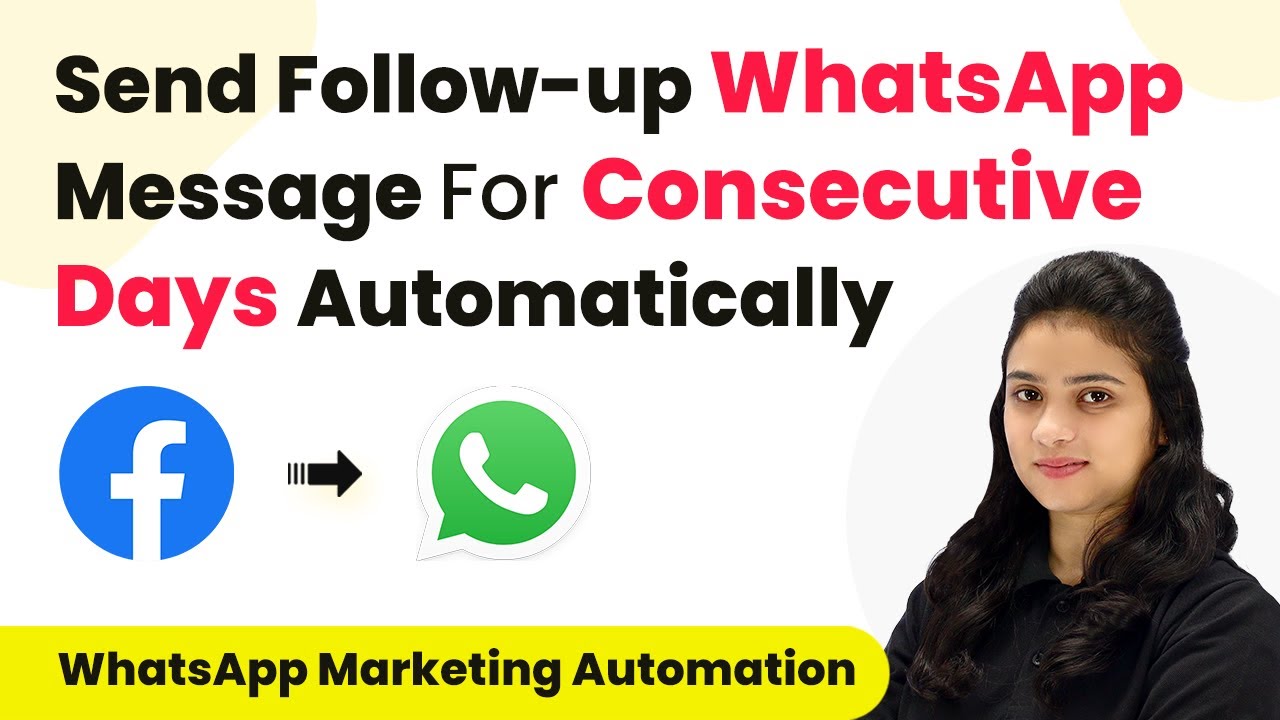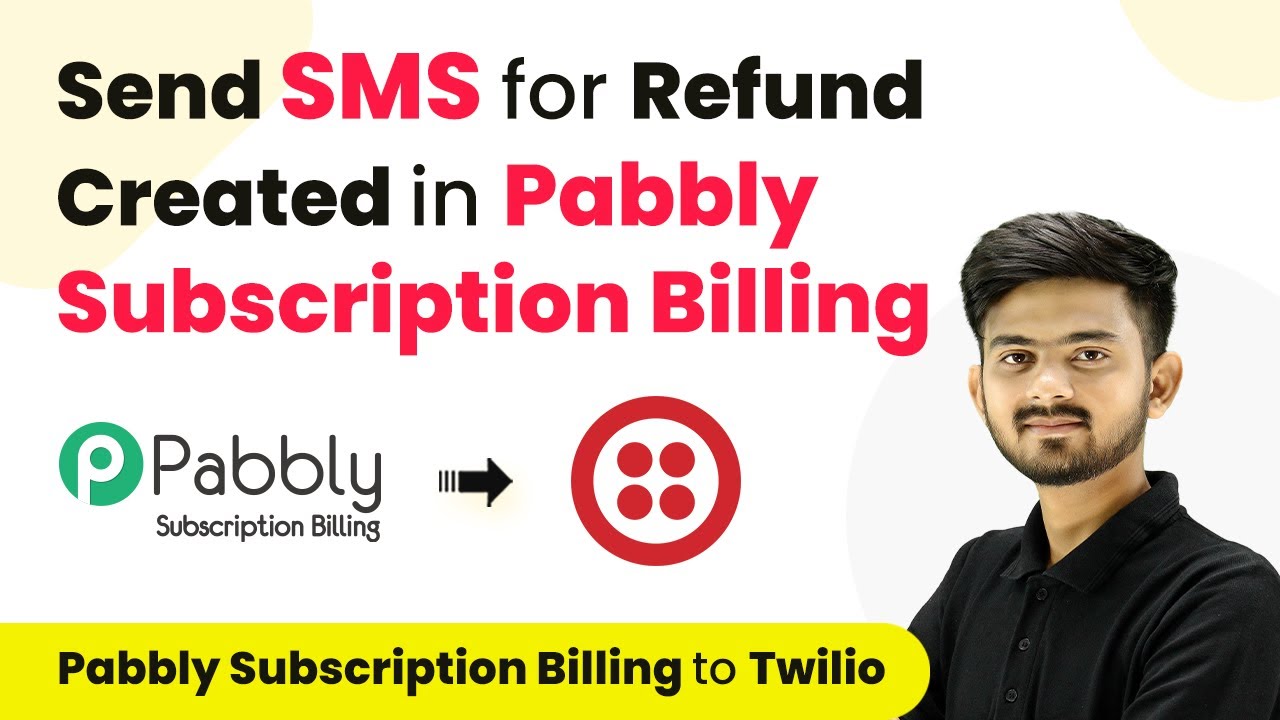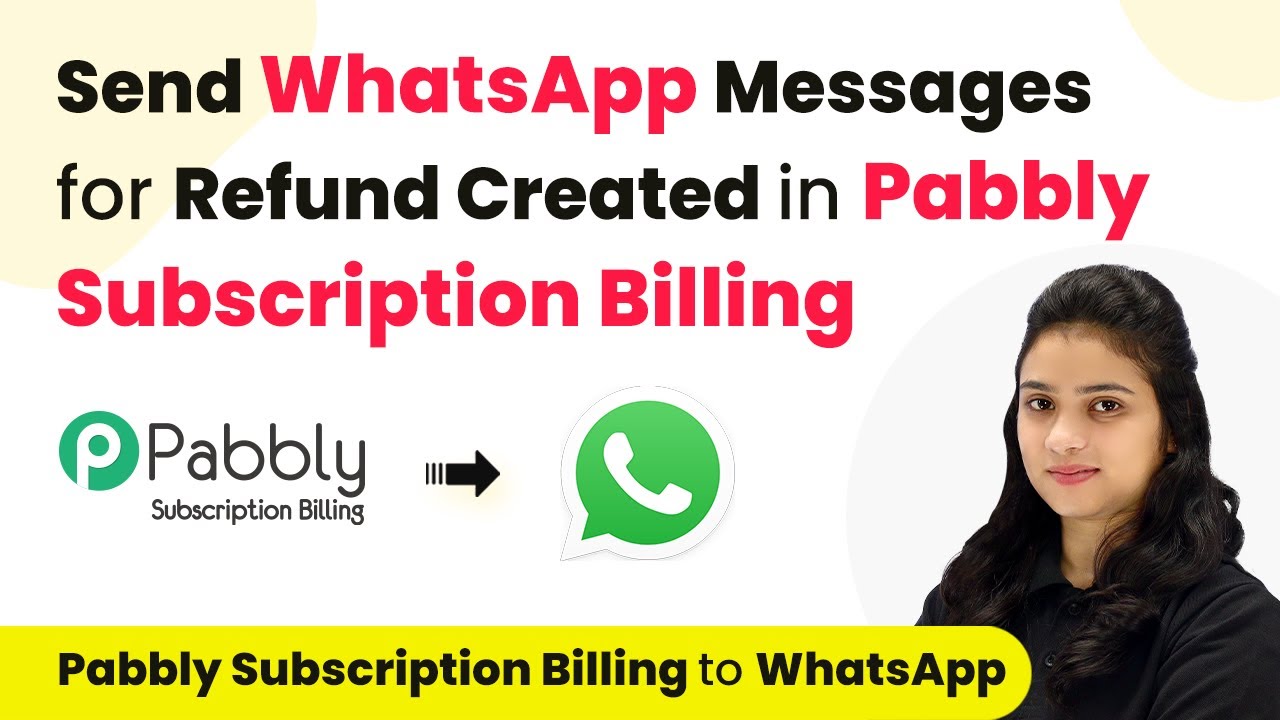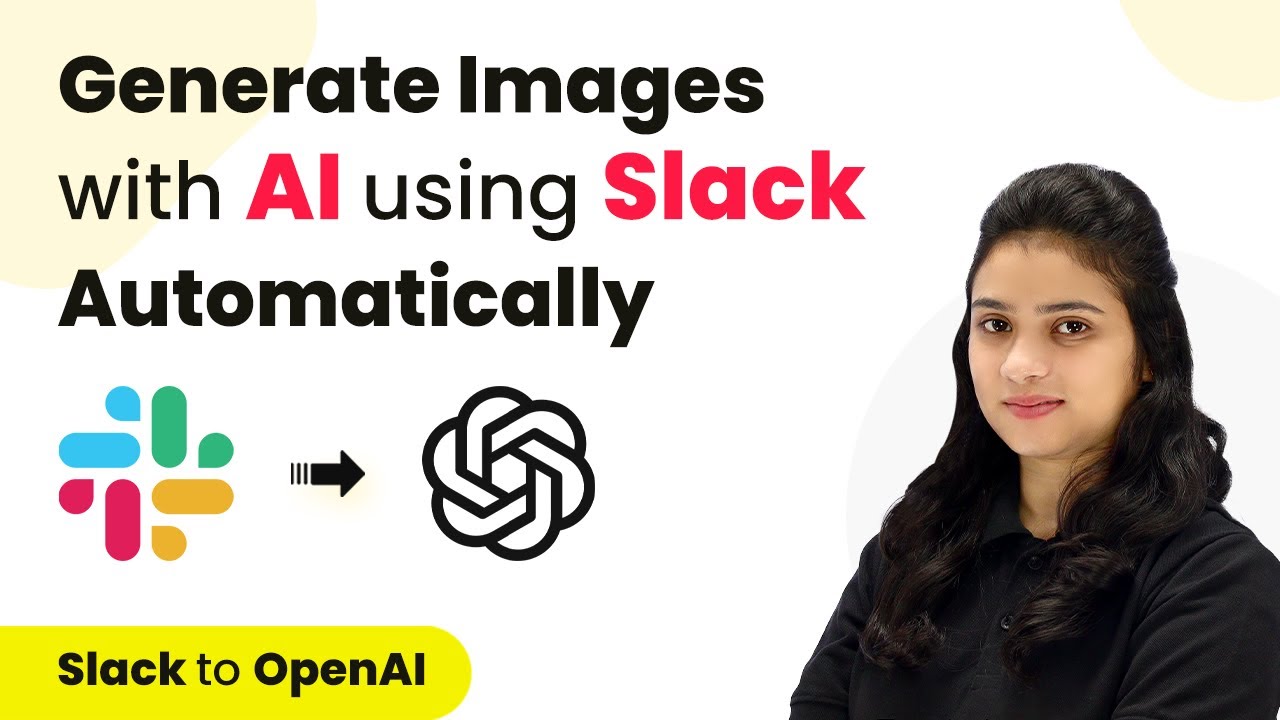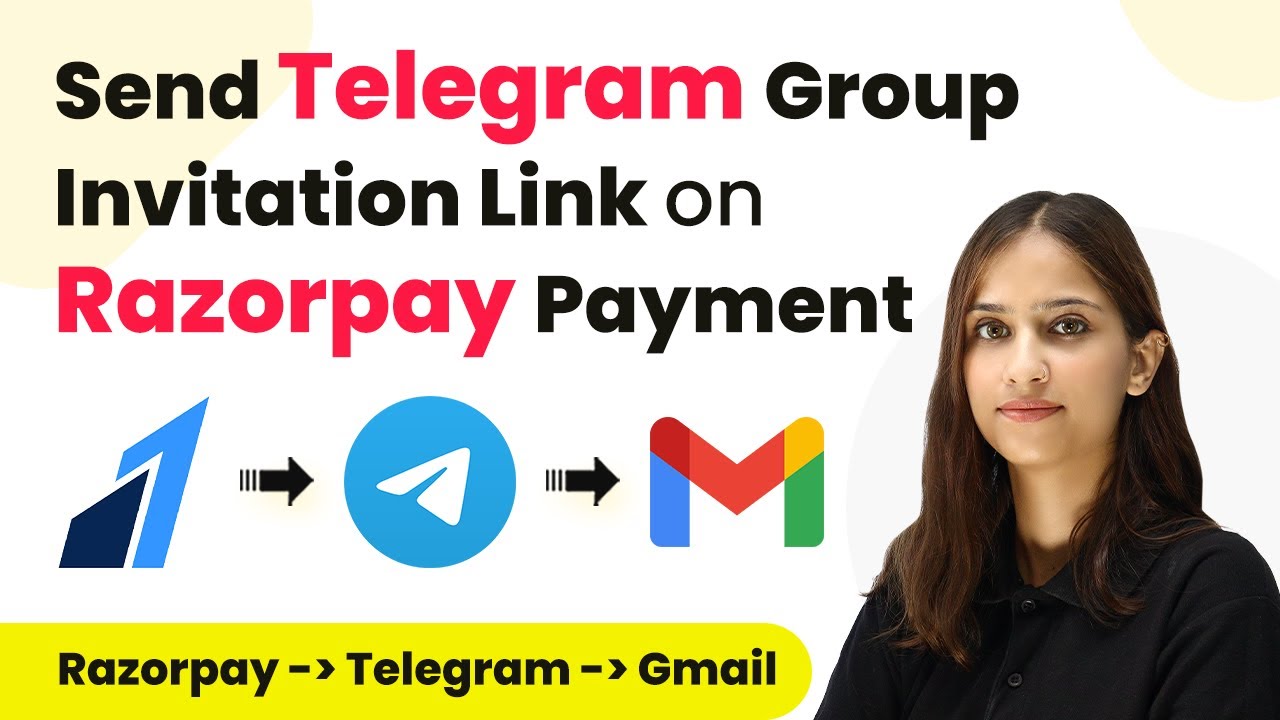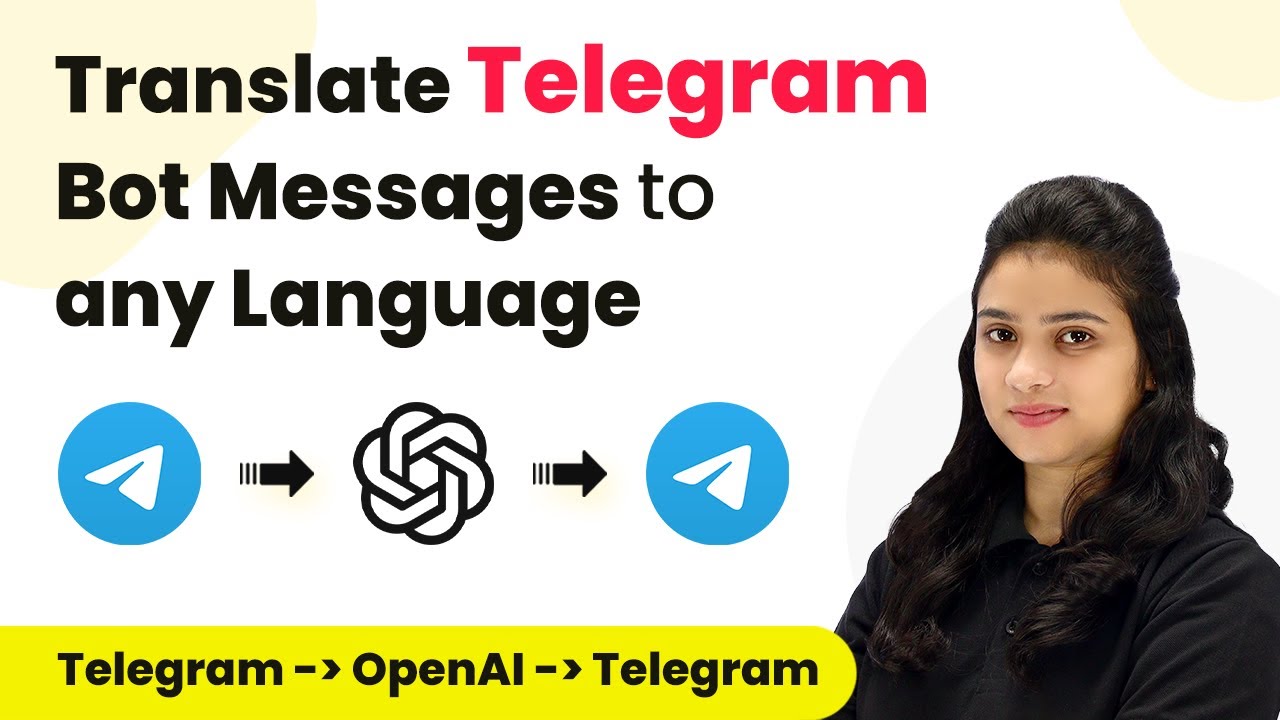Learn how to auto-post WordPress posts to Telegram in minutes using Pabbly Connect. Follow our step-by-step guide for seamless integration. Explore efficient methods for automating routine tasks with clear, concise instructions suited for both newcomers and experienced professionals.
Watch Step By Step Video Tutorial Below
1. Accessing Pabbly Connect for Integration
To auto-post WordPress posts to Telegram in minutes, you first need to access Pabbly Connect. Start by signing into your existing Pabbly account or create a new one if you are a new user. As a new user, you can enjoy 100 free tasks each month, making it easy to explore the platform.
Once logged in, navigate to the Pabbly Connect dashboard. Click on the ‘Create Workflow’ button located at the right-hand corner. You will be prompted to name your workflow, which could be something like ‘Auto-Post WordPress Post to Telegram in Minutes’. After naming it, select a folder to save your workflow and click on create.
2. Setting Up the Trigger in Pabbly Connect
In this section, you will set up the trigger application in Pabbly Connect. For this integration, the trigger application will be WordPress. Select WordPress from the available applications and choose the trigger event as ‘New Post Published’. This event will initiate the workflow whenever a new post is published on your WordPress site.
- Select WordPress as the trigger application.
- Choose ‘New Post Published’ as the trigger event.
- Proceed to establish a connection between WordPress and Pabbly Connect.
After selecting the trigger, you will be provided with a webhook URL. Copy this URL as it will be used to connect your WordPress account with Pabbly Connect. Make sure to follow the instructions carefully for setting this up in your WordPress settings.
3. Configuring WordPress to Send Data to Pabbly Connect
Now that you have the webhook URL, navigate to your WordPress account. Go to the settings and select the WP Webhooks option. Here, you need to set it to send data when a post is created. You can do this by selecting ‘Post Created’ as the trigger event.
- Paste the copied webhook URL in the designated field.
- Set the trigger on the selected post type as ‘Post’.
- Save the settings to finalize the configuration.
After saving the settings, return to Pabbly Connect and perform a test submission by creating a new post in WordPress. This will allow Pabbly Connect to capture the data from the new post, confirming that the integration is set up correctly.
4. Setting Up Telegram as the Action Application
The next step is to set Telegram as the action application in Pabbly Connect. In the action window, search for Telegram and select it. You will then choose the action event, which is to send a text message or reply. This action will send the post details to your Telegram group.
To establish this connection, you need to get a token from Telegram. You can do this by using the BotFather in Telegram. Create a new bot and copy the token provided. Paste this token back into Pabbly Connect to establish the connection.
5. Finalizing the Integration and Testing
After connecting Telegram to Pabbly Connect, you will need to configure the message that will be sent to your Telegram group. Make sure that your bot has admin rights in the group to send messages. You can do this by adding the bot to the group and assigning it admin privileges.
Now, frame the text message by including the post title and the link to the post. Use the mapping feature in Pabbly Connect to ensure that the correct data is sent every time a new post is published. Once everything is set, save the settings and perform a test to ensure that the message is sent to your Telegram group.
Upon successful testing, you will see the message appear in your Telegram group, confirming that the integration works. Now, every time you publish a new post on WordPress, it will automatically be shared in your Telegram group through Pabbly Connect.
Conclusion
In conclusion, using Pabbly Connect to auto-post WordPress posts to Telegram is an efficient way to keep your audience updated. This integration allows you to automate the sharing of new content seamlessly, ensuring that your followers are always informed.
Ensure you check out Pabbly Connect to create business automation workflows and reduce manual tasks. Pabbly Connect currently offer integration with 2,000+ applications.
- Check out Pabbly Connect – Automate your business workflows effortlessly!
- Sign Up Free – Start your journey with ease!
- 10,000+ Video Tutorials – Learn step by step!
- Join Pabbly Facebook Group – Connect with 21,000+ like minded people!


